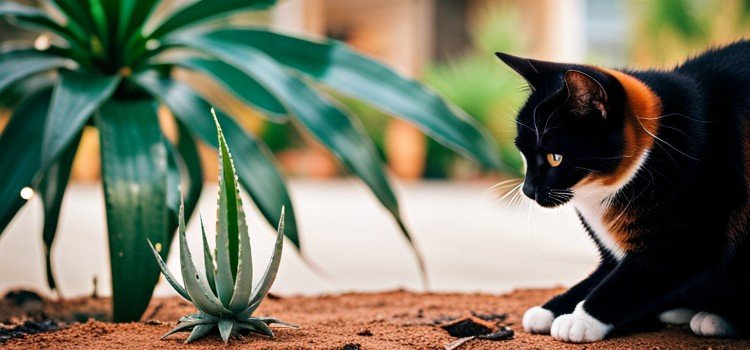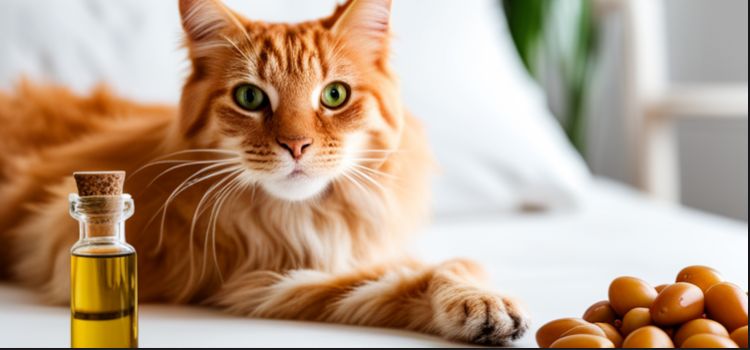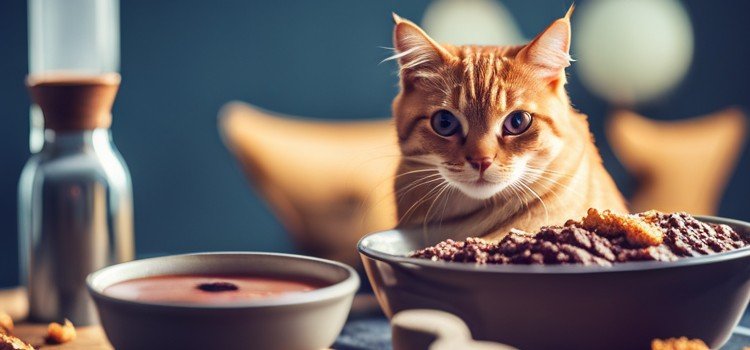As an Amazon Associate committed to the mission of improving the lives of our readers, Live-Clear.com receives a small commission from eligible purchases made through our affiliate links. This revenue enables us to keep producing insightful articles and other material.
A cat’s heart is about the size of a walnut or a golf ball. It typically weighs around 10 to 15 grams.
Cats have fascinating cardiovascular systems. Their hearts, although small, are powerful and efficient. These compact organs pump blood throughout their bodies, ensuring vital nutrients and oxygen reach every cell. Cats’ hearts beat faster than human hearts, typically between 140 to 220 beats per minute.
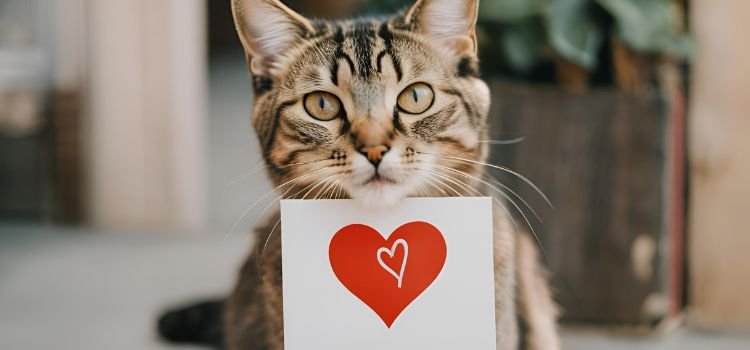
This rapid heartbeat supports their active and agile lifestyles. Understanding the size and function of a cat’s heart can help in recognizing signs of potential health issues. Regular veterinary check-ups are essential for monitoring heart health. Owners should be aware of symptoms like lethargy or breathing difficulties, which may indicate heart problems. Proper care ensures a healthy and happy feline companion.
The Anatomy Of A Cat’s Heart
A cat’s heart is a fascinating organ. Understanding its anatomy helps us appreciate how it functions. The heart plays a crucial role in keeping a cat healthy. This blog post explores the size and structure of a cat’s heart.
Size Of A Cat’s Heart
The size of a cat’s heart is small compared to larger animals. On average, a cat’s heart weighs between 10 to 15 grams. It is roughly the size of a walnut.
Several factors affect the size of a cat’s heart:
- Breed
- Age
- Health
- Activity level
Here is a table showing the average heart size for different cat breeds:
| Breed | Average Heart Size (grams) |
|---|---|
| Siamese | 12 |
| Maine Coon | 15 |
| Persian | 13 |
Smaller cats tend to have smaller hearts. Larger cats, like the Maine Coon, have larger hearts. Healthy hearts are crucial for a cat’s well-being.
Chamber And Valve Configuration
A cat’s heart has four chambers. These chambers are the right atrium, right ventricle, left atrium, and left ventricle. Each chamber has a specific function:
- Right Atrium: Receives deoxygenated blood from the body.
- Right Ventricle: Pumps blood to the lungs for oxygenation.
- Left Atrium: Receives oxygenated blood from the lungs.
- Left Ventricle: Pumps oxygenated blood to the body.
Valves in the heart ensure blood flows in the right direction. There are four main valves:
- Tricuspid valve
- Pulmonary valve
- Mitral valve
- Aortic valve
The tricuspid valve is between the right atrium and right ventricle. The pulmonary valve is between the right ventricle and the lungs. The mitral valve is between the left atrium and left ventricle. The aortic valve is between the left ventricle and the body.
Healthy valves are important for proper blood flow. Valve issues can lead to heart problems.
Heart Rate And Functionality
Cats are amazing creatures. Their small size can be deceiving. One fascinating aspect is their heart. Understanding a cat’s heart is crucial. It helps in knowing their health better. Let’s dive into the heart rate and functionality of a cat’s heart.
Normal Heart Rate
A cat’s heart rate is quite fast. It usually beats between 140 and 220 beats per minute. This is much faster than a human’s heart rate. The heart rate can vary due to several factors. Age, activity level, and health can influence it.
Here are some key points about a normal cat’s heart rate:
- Kittens: Their heart rate is higher, often 200 to 220 beats per minute.
- Adult cats: They usually have a heart rate of 140 to 180 beats per minute.
- Senior cats: Their heart rate can slow down, but it should remain above 140 beats per minute.
It’s important to monitor your cat’s heart rate. A sudden change can indicate a health issue. Always consult a vet if you notice any irregularities. Regular check-ups are essential. They help in keeping your cat’s heart healthy.
Heart Functionality
The cat’s heart is vital for its survival. It pumps blood throughout the body. This blood carries oxygen and nutrients to organs and tissues. The heart has four chambers. These are the left atrium, right atrium, left ventricle, and right ventricle.
Here’s a brief overview of how each chamber works:
| Chamber | Function |
|---|---|
| Left Atrium | Receives oxygen-rich blood from the lungs. |
| Right Atrium | Receives oxygen-poor blood from the body. |
| Left Ventricle | Pumps oxygen-rich blood to the body. |
| Right Ventricle | Pumps oxygen-poor blood to the lungs. |
Proper heart functionality ensures that all body parts receive needed nutrients. Any disruption can lead to serious health issues. Heart diseases can be common in cats. Conditions like hypertrophic cardiomyopathy affect the heart’s ability to pump blood. Early detection and treatment are key. Always ensure your cat gets regular vet check-ups.
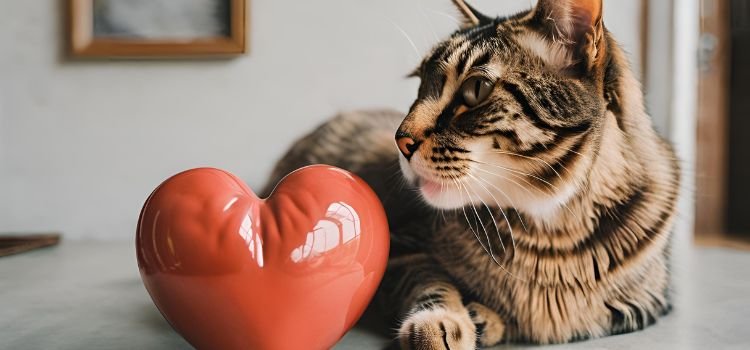
Factors Affecting A Cat’s Heart
Cats are fascinating creatures with unique anatomical features. One such interesting aspect is their heart size. Understanding how big a cat’s heart is can provide insights into their health and well-being. Various factors affect the size of a cat’s heart, including age, weight, diet, and breed. This blog post will delve into these factors to give you a comprehensive understanding of your feline friend’s heart.
Age
A cat’s heart size changes as they grow older. Kittens typically have smaller hearts, which grow as they reach adulthood.
Younger cats have more resilient and flexible hearts. Their hearts are designed to support high levels of activity. As cats age, their hearts may become less efficient.
Here are some key points about how age affects a cat’s heart:
- Kittens: Hearts are small and highly active.
- Adult Cats: Hearts reach their full size and are more stable.
- Senior Cats: Hearts may become less efficient, leading to potential health issues.
It is crucial to monitor your cat’s heart health as they age. Regular veterinary check-ups can help detect any issues early on.
Weight And Diet
A cat’s weight and diet play a significant role in heart health. Higher-weight cats are at a higher risk of heart disease. Proper nutrition is essential to maintain a healthy heart.
Obesity can lead to an enlarged heart and other health problems. Feeding your cat a balanced diet helps maintain an ideal weight.
| Weight Category | Impact on Heart |
|---|---|
| Underweight | May lead to weaker heart muscles. |
| Ideal Weight | Supports optimal heart function. |
| Higher-weight | Increases risk of heart disease. |
Providing your cat with a diet rich in nutrients, vitamins, and minerals is essential. Avoid feeding them junk food or table scraps. Regular exercise also helps in maintaining a healthy weight.
Breed
Different cat breeds have varying heart sizes and health profiles. Some breeds are more prone to heart conditions than others.
For example, Maine Coons have a higher risk of hypertrophic cardiomyopathy, a condition where the heart muscle thickens. Sphynx cats are also prone to heart issues.
Here are some breeds and their heart health considerations:
- Maine Coon: Watch for signs of heart disease.
- Sphynx: Regular heart check-ups are crucial.
- British Shorthair: Generally, have robust hearts but still need regular check-ups.
Knowing your cat’s breed-specific risks can help you take preventive measures. Regular vet visits are essential for early detection and treatment of heart conditions.
Symptoms Of Heart Disease In Cats
Cats are fascinating creatures with unique physiological characteristics. One interesting aspect is their heart size. Compared to their body size, a cat’s heart is relatively small. Understanding the symptoms of heart disease in cats is crucial for cat owners. Early detection can make a significant difference in treatment outcomes.
Coughing
Coughing is a rare but significant symptom in cats. Heart disease can cause fluid buildup in the lungs. This can lead to coughing episodes. Cats do not cough as frequently as dogs. So, if your cat is coughing, it is a matter of concern.
Signs to watch for include:
- Persistent cough
- Coughing during exercise
- Coughing when resting
Consult a vet if your cat shows these symptoms. Early diagnosis can save your cat’s life.
Difficulty Breathing
Difficulty breathing is another alarming symptom. Cats with heart disease may struggle to breathe. This can happen during activity or rest. Breathing problems should never be ignored.
Symptoms include:
- Open-mouthed breathing
- Rapid breathing
- Shallow breaths
Visit your vet if you notice these signs. Your vet may perform diagnostic tests. These can include X-rays or ultrasounds. Early intervention can improve your cat’s quality of life.
Lethargy
Lethargy is a common symptom in cats with heart disease. Your cat may seem less energetic. They might avoid play and sleep more.
Look for these signs:
- Less interest in activities
- Longer naps
- Reluctance to move
Track your cat’s behavior over several days. Changes in energy levels can be gradual. If you notice persistent lethargy, consult your vet. Early detection and treatment can make a big difference.
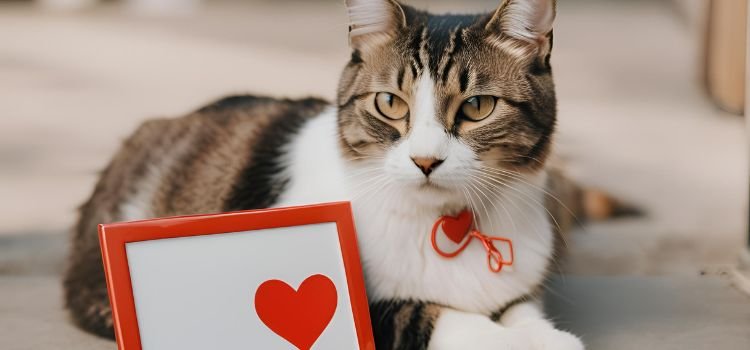
Diagnosing Heart Disease In Cats
A cat’s heart is small but very important. It is about the size of a walnut. Diagnosing heart disease in cats can be tricky. Cats are good at hiding their pain. Knowing the signs can help save your cat’s life.
Physical Examination
A vet will first do a physical examination. They will listen to your cat’s heart. This helps find any abnormal sounds. A vet will also check your cat’s gums. Pale gums can be a sign of heart disease. They will also feel your cat’s pulse. A weak or fast pulse can mean trouble. Here are the key steps:
- Listen to heart sounds.
- Check gum color.
- Feel the pulse.
Sometimes, a vet will notice other signs. These signs include trouble breathing or swelling in the abdomen. Your vet will look for these signs during the exam. Early detection is very important. Regular check-ups can help catch heart disease early.
Diagnostic Tests
Vets use several tests to diagnose heart disease. One common test is an X-ray. This helps see the size and shape of the heart. Another test is an echocardiogram. This shows the heart in action. It helps see how well the heart pumps blood. A blood test can also help. It can show if there are any problems with the heart.
Here is a table of common diagnostic tests:
| Test Name | Purpose |
|---|---|
| X-ray | Shows heart size and shape |
| Echocardiogram | Shows heart function |
| Blood Test | Detects heart problems |
Each test provides valuable information. Together, they give a complete picture of your cat’s heart. Early diagnosis can help manage the disease. Treatment can improve your cat’s life. Regular vet visits and tests are key to keeping your cat healthy.
Treatment For Cat Heart Disease
Cats are fascinating creatures with unique anatomies. One interesting fact is the size of their hearts. Cats’ hearts are small but mighty. They beat rapidly, pumping blood throughout their bodies. Heart health is crucial for cats, just like for humans. When a cat’s heart isn’t healthy, it can lead to serious problems. Treatment for cat heart disease is vital to ensure their well-being.
Medications
Medications play a big role in treating cat heart disease. Vets prescribe different drugs based on the condition. Diuretics help remove excess fluid from a cat’s body. This reduces the workload on the heart. Beta-blockers are another type of medication. They help slow down the heart rate. This makes it easier for the heart to pump blood.
ACE inhibitors are also common. They relax blood vessels and lower blood pressure. This makes the heart’s job easier. Anticoagulants prevent blood clots. Clots can be dangerous and lead to more problems. Calcium channel blockers are used to treat high blood pressure. They also help with irregular heartbeats.
Here is a summary of the common medications:
| Medication | Function |
|---|---|
| Diuretics | Remove excess fluid |
| Beta-blockers | Slow heart rate |
| ACE inhibitors | Relax blood vessels |
| Anticoagulants | Prevent blood clots |
| Calcium channel blockers | Treat high blood pressure |
Surgery
Surgery is sometimes needed to treat cat heart disease. Heart surgery can fix structural problems. Surgeons can repair holes in the heart. They can also fix faulty valves. Some cats may need pacemakers. These devices help regulate the heartbeat. Pacemaker surgery involves placing the device inside the cat’s chest. The device then sends electrical signals to the heart.
Balloon valvuloplasty is another surgical option. This procedure helps open narrowed heart valves. A small balloon is inserted and then inflated. This widens the valve, improving blood flow. Bypass surgery is rare but possible. It creates a new route for blood flow around blocked arteries. This helps the heart function better.
Here are some common types of heart surgery for cats:
- Heart repair surgery
- Pacemaker implantation
- Balloon valvuloplasty
- Bypass surgery
Surgery can be risky, but it can also save lives. Always consult a vet to discuss the best options for your cat.
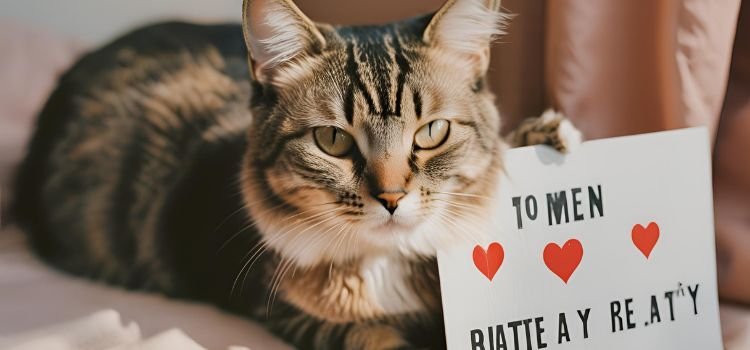
Prevention Of Cat Heart Disease
Cat heart health is very important. A cat’s heart is small but mighty. It weighs about 0.5% to 1% of its body weight. Keeping a cat’s heart healthy is crucial for a long and happy life. One way to ensure this is through prevention of heart disease.
Diet And Exercise
A balanced diet is key to a healthy heart. Cats need high-quality food. Look for foods rich in protein and low in fat. Avoid foods with fillers like corn and soy. These do not provide nutritional value.
Exercise helps keep the heart strong. Cats are natural hunters. Engage their hunting instinct with toys. Laser pointers, feather wands, and balls are great options.
- Play with your cat for 15-20 minutes daily.
- Encourage climbing with cat trees.
- Use puzzle feeders to make eating fun.
These activities keep the cat active. They also help maintain a healthy weight. Obesity can lead to heart disease. Regular exercise and a good diet can prevent this.
Regular Vet Checkups
Regular vet checkups are crucial. Vets can spot early signs of heart disease. They use tools like stethoscopes to listen to the heart. They may also use ultrasounds to get a closer look.
Annual checkups are a must. Older cats may need more frequent visits. Vets can suggest the best diet and exercise plan. They can also provide medications if needed.
- Book at least one vet visit per year.
- Keep a record of your cat’s health.
- Follow the vet’s advice on diet and exercise.
Early detection can save lives. Regular checkups ensure your cat stays healthy. A healthy heart means a happy cat.
Living With A Cat With Heart Disease
Understanding a cat’s heart size and function is crucial for cat owners. The average cat’s heart is small but mighty. It’s roughly the size of a walnut, weighing about 0.5% of the cat’s body weight. Living with a cat with heart disease can be challenging. Proper care and attention are essential to ensure your furry friend’s health and happiness.
Special Care Considerations
Caring for a cat with heart disease requires special attention. Diet is a key factor. Cats with heart issues may need low-sodium food. Always consult your vet for diet recommendations.
- Regular check-ups: Schedule vet visits to monitor your cat’s heart health.
- Medication: Follow the vet’s prescription strictly.
- Exercise: Keep your cat active but avoid overexertion.
Environment also plays a role. Keep your home stress-free. Loud noises and sudden changes can stress your cat. Provide a calm and quiet space for them.
| Care Aspect | Recommendation |
|---|---|
| Diet | Low-sodium food |
| Check-ups | Regular vet visits |
| Medication | Follow vet’s prescription |
| Exercise | Moderate activity |
| Environment | Calm and quiet space |
Monitoring And Managing Symptoms
Monitoring symptoms is critical for a cat with heart disease. Watch for signs like coughing, rapid breathing, and lethargy. These symptoms can indicate worsening heart conditions.
- Coughing: Frequent coughing may be a sign of heart problems.
- Breathing: Rapid or labored breathing is a red flag.
- Lethargy: Lack of energy or unwillingness to play.
Managing symptoms involves working closely with your vet. They may adjust medications or suggest lifestyle changes. Keep a symptom diary. Note any changes in your cat’s behavior or health. This will help your vet make informed decisions.
Regular check-ups are essential. Your vet will monitor your cat’s heart health and adjust treatment as needed. Early detection of symptoms can make a significant difference.
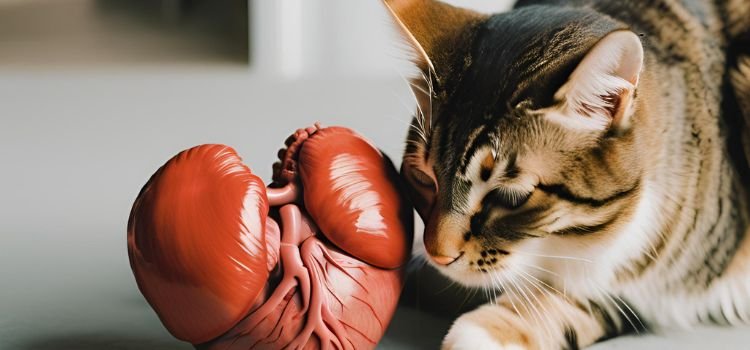
Conclusion
Understanding a cat’s heart size offers insight into their health and physiology. These tiny organs are vital for their survival. Regular check-ups ensure your feline friend stays healthy. Proper care and nutrition also contribute to a strong heart. Cherish your cat’s wellbeing for a longer, happier life together.
Frequently Asked Questions
A cat’s heart is about the size of a walnut or a golf ball. It weighs around 0. 6% of their body weight.
A cat’s heart is similar to a human’s but smaller. It has four chambers: two atria and two ventricles. The heart is located in the chest cavity, slightly to the left. It’s muscular and pumps blood throughout the cat’s body.
Cat hearts and human hearts share similarities in structure and function. Both have four chambers and pump blood. However, cat hearts are smaller and beat faster.
Yes, you can feel a cat’s heartbeat. Place your hand on their chest or behind their front leg.
The normal VHS level for a cat is around 8. 5 to 10. 5. It’s an important indicator of health. Regular monitoring is crucial.
Amazon and the Amazon logo are trademarks of Amazon.com, Inc, or its affiliates.
